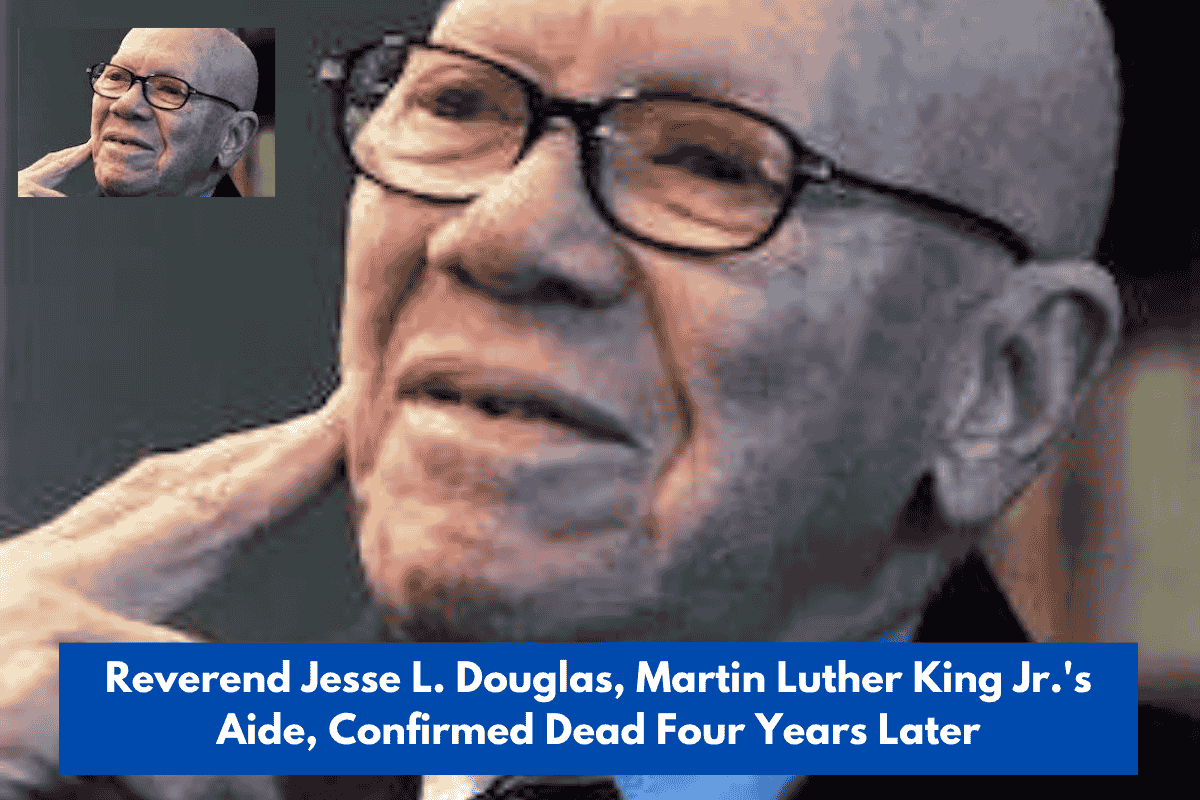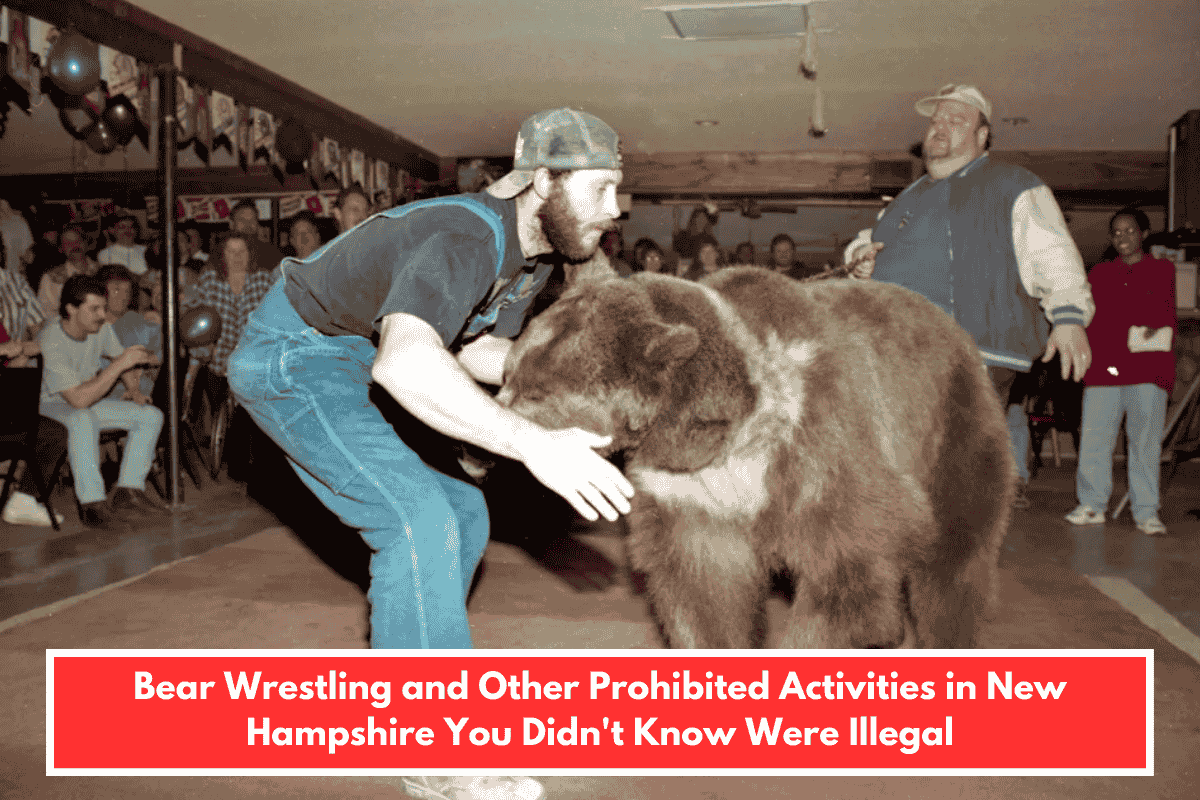Douglas helped coordinate multiple civil rights marches, including the notorious Bloody Sunday March in Selma, Alabama.
Rev. Jesse L. Douglas, a close assistant to Rev. Dr. Martin Luther King Jr., died in 2021 at the age of 90, although his death was only recently announced. His daughter, Adrienne Douglas Vaulx, says he died in a nursing home in Charlotte, North Carolina.
According to The New York Times, Douglas’ death was not generally known at the time, and the publication learnt about it during the week of October 10. Douglas was instrumental in organizing multiple civil rights marches, including two in Selma, Alabama, one of which became known as the infamous Bloody Sunday March. He collaborated closely with King on the Montgomery Improvement Association, serving as president from 1963 to 1966.
That organization was formed in 1955 to prepare the response to Rosa Parks’ arrest for the “crime” of refusing to give up her seat and move to the Black section of a Montgomery city bus. The organization contributed to Dr. King’s long-term citywide bus boycott, which resulted in a Supreme Court decision that ended public transit segregation.
Douglas also served on the national board of the Southern Christian Leadership Conference for over 30 years. The SCLC was a civil rights organization founded by King in 1957, and Douglas was well-known in leadership circles for his ability to remain calm while organizing voting rights marches that began in Selma.
According to the National Park Service, the Selma marches were organized in response to the murder of Student Nonviolent Coordinating Committee (SNCC) youth leader Jimmie Lee Jackson by police officers in Marion, Alabama.
There were three marches in Selma. The first, and most well-known, was Bloody Sunday, which ended on March 7, 1965, when police officers brutally attacked protesters attempting to march across the Edmund Pettus Bridge after firing tear gas canisters and ordering the crowd to leave.
The second, held two days later, was cut short by King, and the third, which was successful in reaching the State Capitol in Montgomery, thanks in part to the accompaniment of 25,000 protestors by the Alabama National Guard, F.B.I. agents, and federal marshals, lasted four days, from March 21 to March 25.
Douglas, an albino, was occasionally referred to in publications of the day as a “unidentified white man,” an amusing outcome given that, aside from a lack of melanin, Black albino persons do not normally have the same facial traits as white men.
Furthermore, Douglas enrolled in HBCUs, first at Dillard University in his hometown of New Orleans, before transferring to Lane College in Jackson, Tennessee, where he graduated in 1959.
Douglas graduated from Atlanta’s Interdenominational Theological Center three years later, but before that, in 1960, he met King in the school’s library, which inspired him to join the civil rights movement. That same year, he participated in a demonstration aimed at desegregating the Georgia State Capitol cafeteria.
He was an important part of the protest, calling the Southern Christian Leadership Council’s legal affairs office, which led to a lawsuit and a ruling in the ensuing case, Douglas and Reynolds v. Vandenberg, which desegregated all facilities at the Capitol building in Atlanta.
In an interview with the New York Times in 2018, he described himself as a reverse Oreo cookie: “white on the outside, black on the inside.”
In a 2015 interview with The Charlotte Observer, the late Rep. John Lewis, who is also featured in arguably one of the most famous photographs of the civil rights era alongside King and Douglas, stated that King had a high level of trust in Douglas’ ability to coordinate the logistics of the movement.
“Dr. King had a lot of faith in him,” Lewis explained. “He used to remark, ‘Jesse was taking care of this’ and ‘Jesse was taking care of that.’ And he could lead a song, instilling a strong sense of unity.”
His singing gained him considerable accolades. Charles Steele Jr., the SCLC’s longstanding president and chief executive, admitted that he sometimes played the same role as Mahalia Jackson, another King confidant who frequently set the table for his sermons at black churches.
“He really set the church on fire and got people motivated, pretty much like Mahalia Jackson,” Steele told me.
He went on to say that, like the late Representative Lewis, Douglas played an important role. “He had a lovely attitude, was very gregarious, and everyone knew that if Dr. King or the national office wanted anything, he would get it done. You needed people like that—part of the inner circle, but willing to do whatever was necessary to support the movement.”
However, as Douglas told the New York Times, his pale skin presented a Catch-22.
“They (white segregationists) always thought I sympathized with Black people, but not one of them. That’s how I became a ‘unidentified white male.’ They didn’t want to incite resentment among their own people for killing another white man.”
He went on, “I had Black people make fun of me, calling me ‘old white boy,’ ‘old albino.'” I never paid it any attention. I told them, ‘If they’re unhappy with how I appear, go visit God.'”
Douglas’ longtime wife, Blanche Gordon, died in 2015. In addition to his daughter, he is survived by two sons, Winston and Jesse Jr.; one brother, Collins; eight grandsons; and three great-grandchildren.














